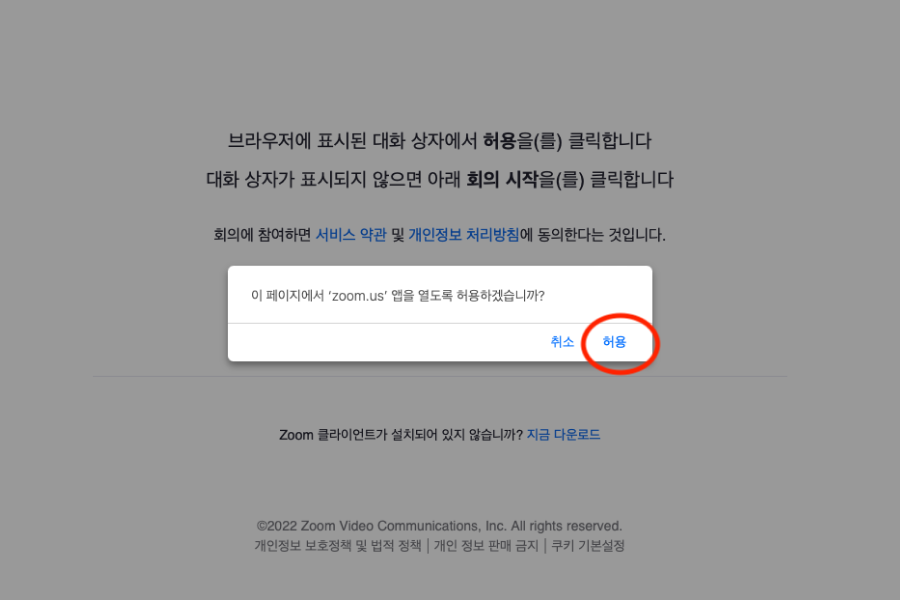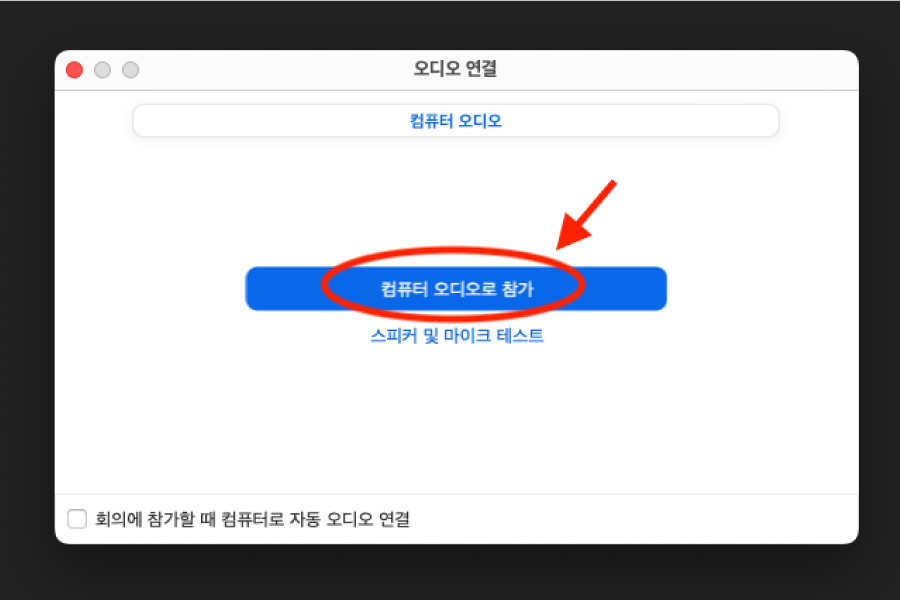Let’s get stared the story of the installation. After installation of concrete collar including other required accessories to the long module pipe, it was towed from the port to the site. The most important thing is to know the local weather condition because sea condition must be calm to sink the HDPE pipeline. We adopted float and sinking method for this project, so-called, Rentis installation.
It has been widely used for near shore underwater pipeline installation. In traditional Rentis method, the required pipe string length is fabricated onshore and fitted with buoyancy devices at a given spacing, then is launched and finally towed to the desired offshore location.
After positioning and aligning of the pipe string, the buoyancy devices are stripped in a control manner so that the pipeline settles to seabed due to its own weight in a controlled manner. This main difference between HDPE pipeline and traditional Rentis installation is that HDPE don’t have to consider buoyancy devices because HDPE is buoyant itself. Critical issues are therefore to attach concrete collar to submerge pipeline and pump water into the pipeline to change it from positive buoyancy to negative buoyance.
Slide 16
Let’s get stared the story of the installation. After installation of concrete collar including other required accessories to the long module pipe, it was towed from the port to the site. The most important thing is to know the local weather condition because sea condition must be calm to sink the HDPE pipeline. We adopted float and sinking method for this project, so-called, Rentis installation.
It has been widely used for near shore underwater pipeline installation. In traditional Rentis method, the required pipe string length is fabricated onshore and fitted with buoyancy devices at a given spacing, then is launched and finally towed to the desired offshore location.
After positioning and aligning of the pipe string, the buoyancy devices are stripped in a control manner so that the pipeline settles to seabed due to its own weight in a controlled manner. This main difference between HDPE pipeline and traditional Rentis installation is that HDPE don’t have to consider buoyancy devices because HDPE is buoyant itself. Critical issues are therefore to attach concrete collar to submerge pipeline and pump water into the pipeline to change it from positive buoyancy to negative buoyance.
Slide 16
Let’s get started with the story of the installation. After the installation of concrete collar including the other required accessories to the long module pipe, it was towed from the port to the site. The most important thing is to know the local weather condition because sea condition must be calm to sink the HDPE pipeline. We adopted float and sinking method for this project, so-called, Rentis installation.
It has been widely used for near shore underwater pipeline installation. In traditional Rentis method, the required pipe string length is fabricated onshore and fitted with buoyancy devices at a given spacing, then is launched and finally towed to the desired offshore location.
After positioning and aligning (of) the pipe string, the buoyancy devices are stripped in a control manner so that the pipeline settles to seabed due to its own weight in a controlled manner. The main difference between HDPE pipeline and traditional Rentis installation is that HDPE doesn’t have to consider buoyancy devices because HDPE is buoyant itself. Critical issues are therefore to attach concrete collar to submerge pipeline and pump water into the pipeline to change it from positive buoyancy to negative buoyancy.







